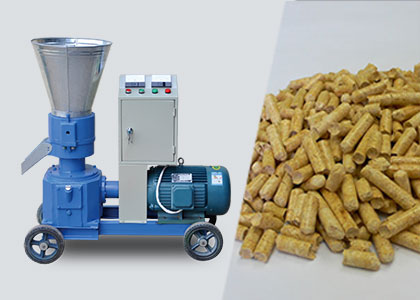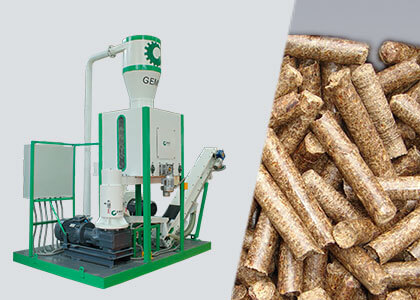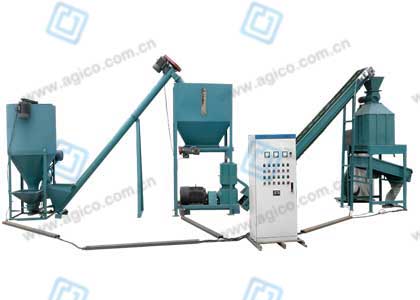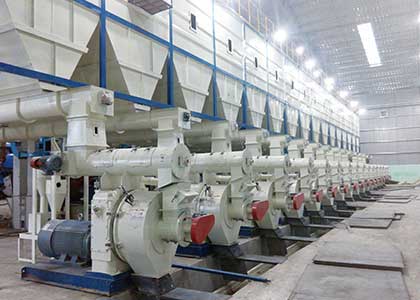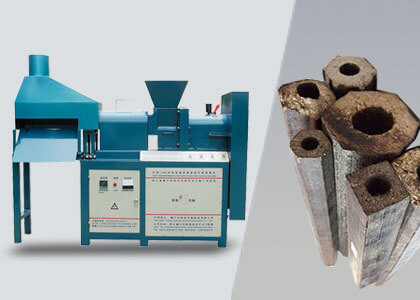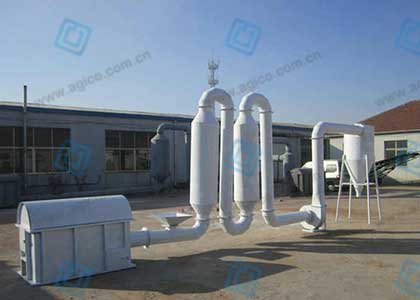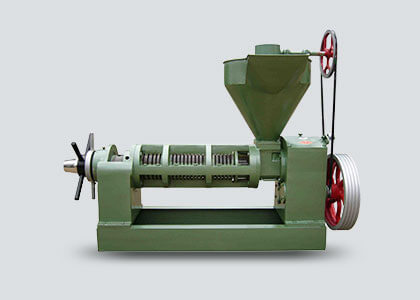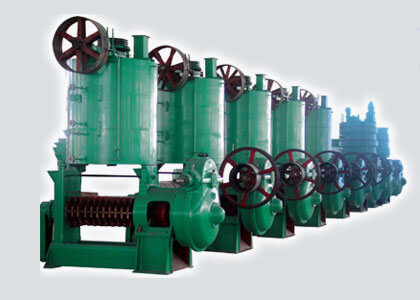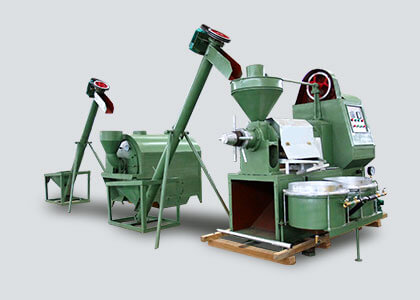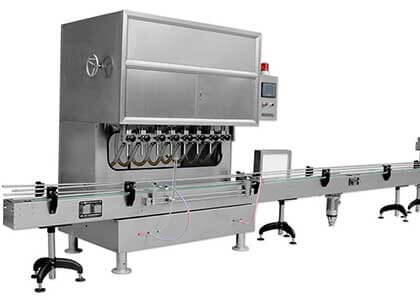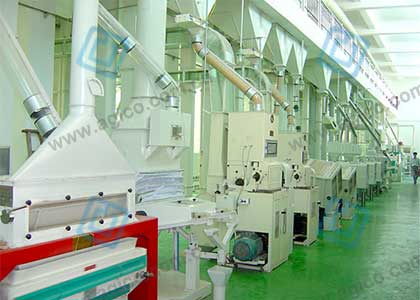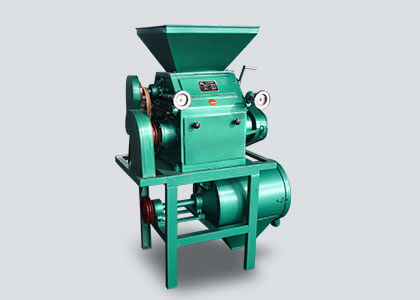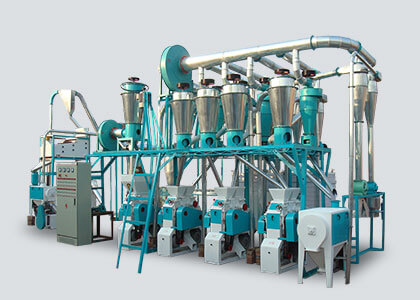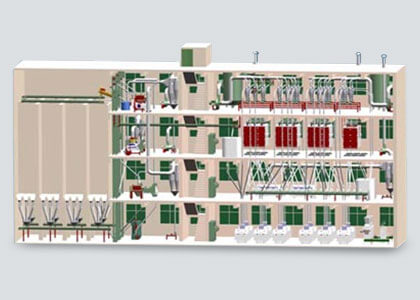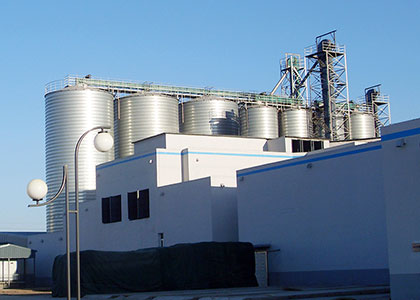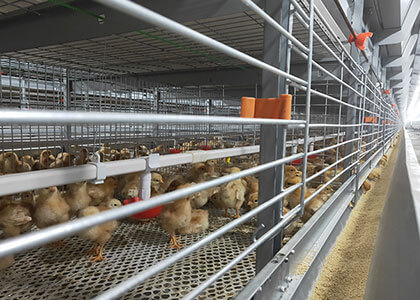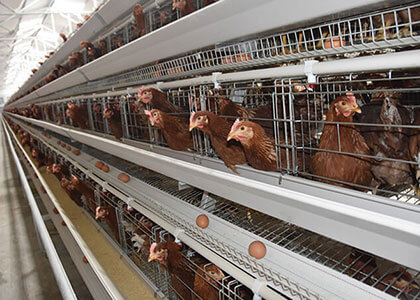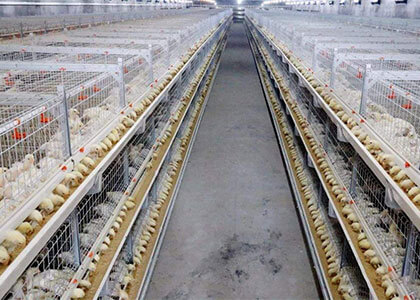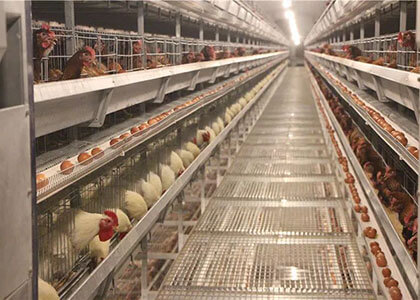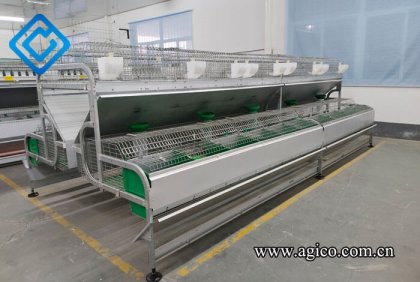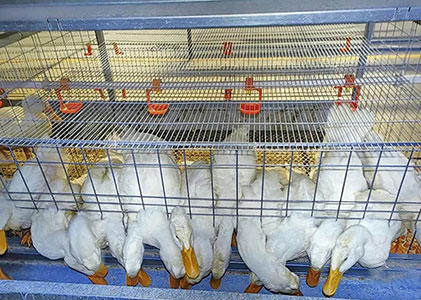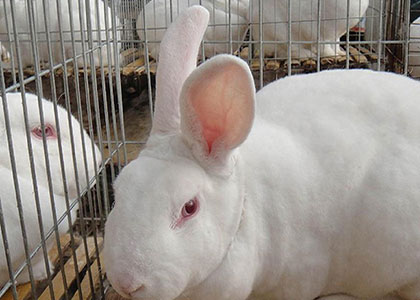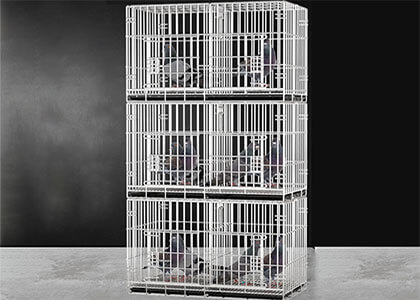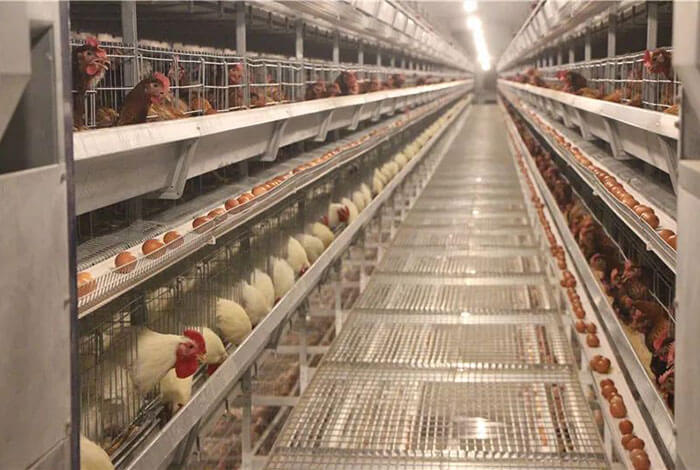
Chicken Breeding Cage System
Customer Satisfaction: ★★★★★
Cumulative Sales: 120,000 Sets
Application: Roosters and hens for breeding
Type: H-Type chicken breeding cage
Certification: ISO 9001, CE, PVOC, SONCAP
Capacity: 44-150 birds one set
Size(mm): 2400×1250×3230 or 840×1200×2290
Male-female ratio:Male-female layered chicken breeding cage 1:10
Male and female mixed chicken breeding cage 1:9
(can be customized according to customer needs)
Chicken Breeding Cages for Sale
As professional chicken breeding supplies, we subdivide chicken breeding cages into two types: male-female layered chicken breeding cage, male and female mixed chicken breeding cage. It can effectively meet the various requirements of customers.
Male-female layered chicken breeding cage for artificial insemination chicken breeding
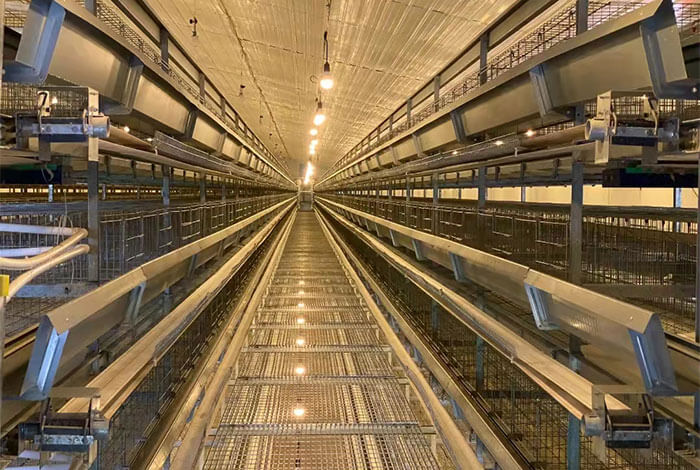
The male-female layered chicken breeding cage is a chicken cage specially used for artificial insemination chicken breeding system. The breeding cage is divided into 3 layers, and the roosters are only bred in the unilateral cage at the bottom layer, which is convenient to obtain semen. The upper two-layer chicken cage is used to raise hens, and fertilized eggs need to be obtained by artificial insemination.
The upper design and structure of the ale-female layered chicken breeding cage are basically the same as that of the chicken layer cage, so as to facilitate the laying of eggs by the hens used for breeding. The cage space used for rooster breeding in the lower layer is slightly larger than that of the upper breeding chicken cage, and the structure is the same as that of the broiler cage to ensure that the rooster has sufficient space for movement.
Mixed-breeding chicken cages for breeding chickens in natural breeding mode

The mixed-breeding chicken cage is a chicken cage used to raise natural breeding flocks. The roosters and hens are mixed according to a certain proportion and quantity. The male-female mixed breeding cage is designed with a large-sized square cage, which is convenient for the natural mating of breeder chicken.
The design and assembly methods of the bottom net and side net of the breeding cage are similar to those of the layer cage. The cage is 1200mm deep, which is more suitable for mixed breeding of male and female chickens than other chicken cages.
H-Type Chicken Breeding Equipment Design and Specifications
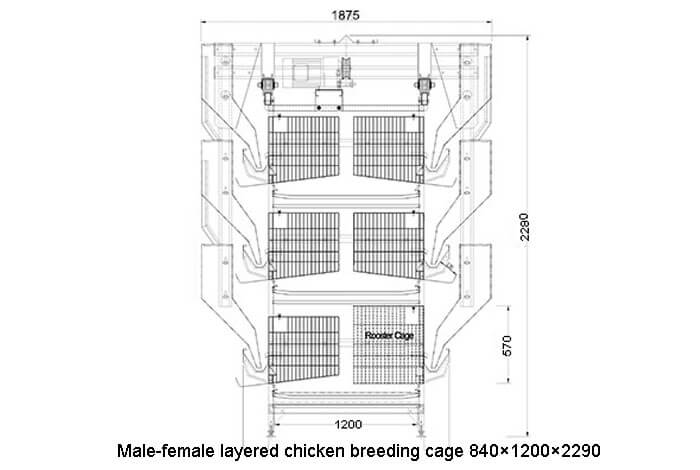
| Dimension(mm)/set | Tier | Door/tier | Bird/door | Bird/set |
|---|---|---|---|---|
| 840×1200×2290 | 3 | 4 | 2 roosters or 4 hens | 44 |
| Area/bird(cm²): rooster:1050, hen:525 | ||||
Unique features of male-female layered chicken breeding cage
- The H-Type chicken breeding equipment has a small footprint and uses healthy, active roosters and hens to improve egg production efficiency.
- The breeding environment is good, and there are almost no flies in the chicken house.
- The cage door is designed differently for the rooster and the hen. The design takes into account the physical characteristics of roosters and hens.
- A V-shaped water trough is designed under the water line of the chicken breeding cage, and there are plugs and drainage pipes at both ends, which can directly discharge the residual sewage, prevent the chickens from drinking directly, and prevent the sewage from dripping into the fecal belt, causing the feces to ferment and produce ammonia gas.
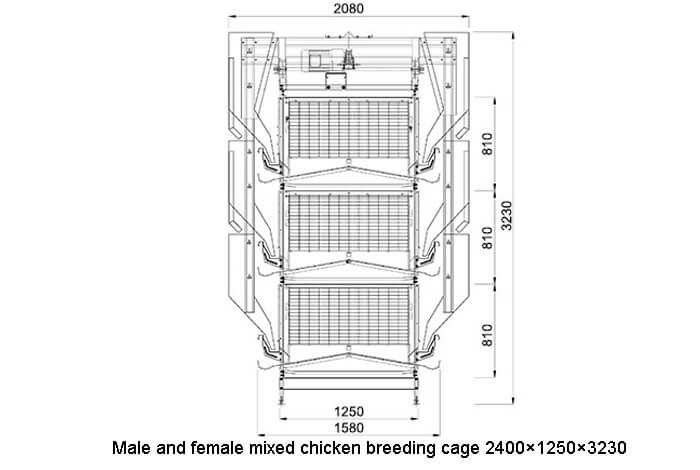
| Dimension(mm)/set | Tier | Door/tier | Bird/tier | Bird/set |
|---|---|---|---|---|
| 2400×1250×3230 | 3 | 2 | 5 roosters & 45 hens | 150 |
| Area/bird(cm²): 600 | ||||
Unique features of mixed-breeding chicken cage
- There are two water lines in each layer of the mixed-breeding cage, which can be adjusted by lifting and lowering. Effectively solve the rooster and hen drinking height difference, more humanized.
- According to the design concept of free mating of chickens, a widened partition is designed at the position of the cage leg column of each cage frame. Thus, it provides a relatively hidden environment for breeders to mate freely and lay eggs.
- There are two perching bars in the cage, and the bottom net layout is divided into a mating area and an egg-laying area, which better guarantees the strength of the bottom net during mating and the toughness of the bottom net when laying eggs, thereby greatly improving the fertilization rate of the eggs, reducing egg breakage rate.

